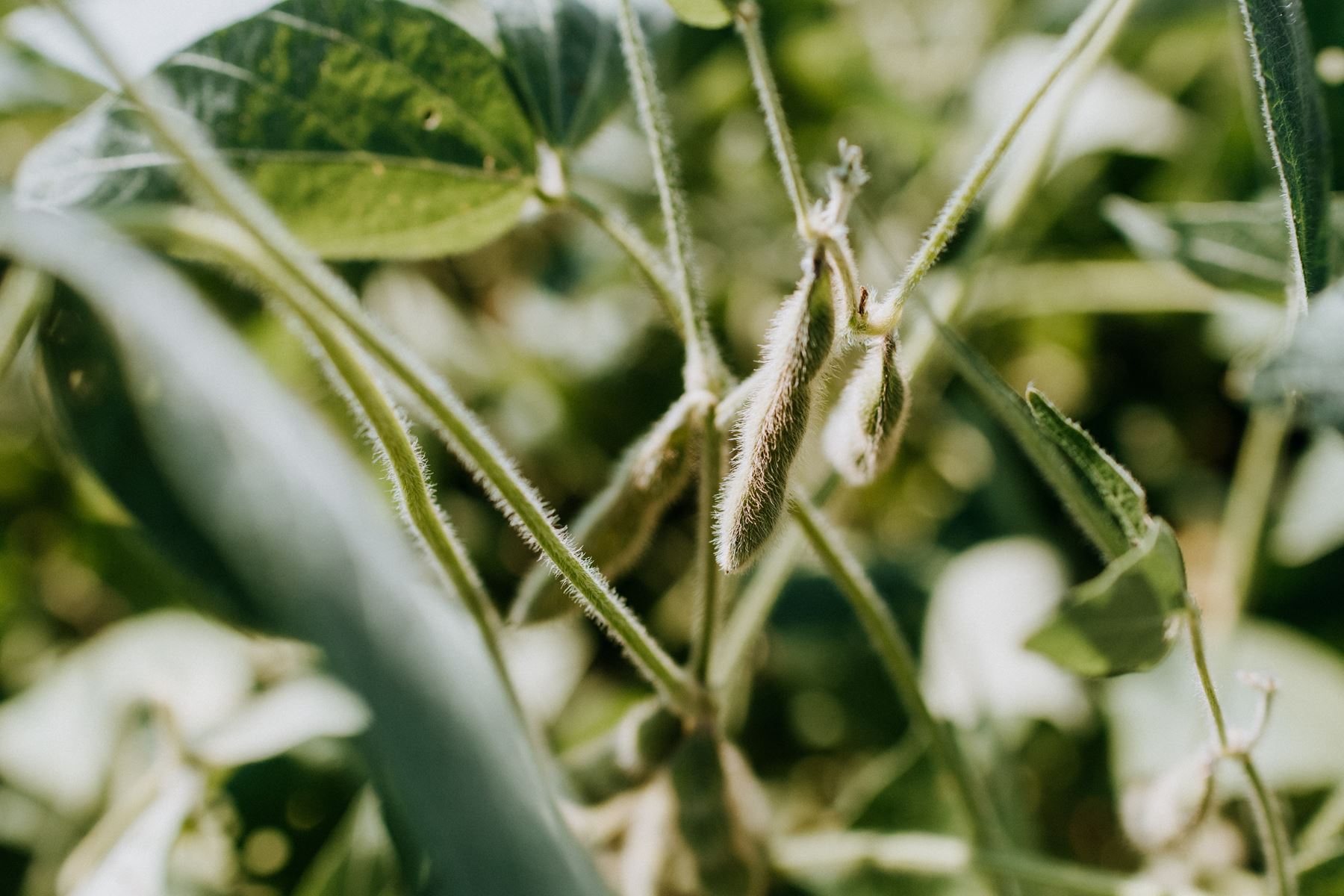Genetically modified organisms
Genetically modified organisms (GMOs) are highly controversial, and there are concerns about the consequences when genetically modified plants, animals and microorganisms are propagated in nature.

Topics discussed include food security, land use, lack of scientific knowledge about long-term effects and effects under local agricultural/forest conditions, and risk of adverse effects on health and the environment. The use of harmful pesticides and monocultures in agriculture are among the biggest threats to biodiversity today. Furthermore, research has not shown that GMOs contribute to development towards sustainable agriculture with less use of pesticides. Nordic Ecolabelling discourages the use of genetically modified plants that are commercially available today.
How does the Nordic Swan Ecolabel contribute?
Nordic Ecolabelling prohibits GMOs in Nordic Swan Ecolabelled products and their raw materials when possible. This applies to the GMOs that are commercially available today, such as genetically modified (GM) cotton, maize, soy, sugar beet, sugarcane and rapeseed. Nordic Ecolabelling prohibits GM vegetable raw materials in for example textiles, food in restaurants, wood, paper and biofuels.
Nordic Ecolabelling emphasises the precautionary principle, but is not against genetic engineering or GMOs per se. When setting requirements, it is considered if GM plants at any life stage pose a risk of adverse effects on health and the environment, especially loss of biodiversity. Also, it is considered if the GM plants are of benefit to society, contribute to sustainable development and are ethically justifiable. Nordic Ecolabelling evaluates positive as well as negative effects.
Apart from GM plants in agriculture, GM microorganisms can be used to produce enzymes in closed systems at factories. These enzymes are used in industry to catalyse chemical reactions and are not themselves GMOs. Nordic Ecolabelling do not restrict products from such use of GM microorganisms.
What are genetically modified organisms?
The definitions of genetically modified organisms in the EU, Norway and the UN have different wordings but the same practical meaning. GMOs are plants, animals and microorganisms which have got their heritable material altered by the use of gene technology (genetic engineering). The heritable material is altered in the laboratory by using DNA or RNA produced outside the organism. New DNA can be inserted into the DNA of the organism, or some of the organisms’ own DNA can be removed or altered. This is different from conventional crossing or other alterations in the heritable material that occur in nature or are made in other ways.
More environmental background
Four plant species cover 99% of the area planted with GM crops globally. These are soybean, cotton, maize and rapeseed. Two traits are completely dominating: resistance to one or several herbicides and production of one or several proteins that function as insecticides. GM crops that combine the two traits cover almost half of the area cultivated with GMOs.
Some of the environmental problems caused by GMOs are herbicide resistant weeds due to the agricultural practises used for GMOs, resistance among target insect pests, and gene flow from GM plants to agricultural or wild relatives. Research shows conflicting results on performance and environmental effects of GMOs, especially on yield and non-target organisms. There are knowledge gaps on effects on microorganisms in the soil and aquatic organisms, GMOs with combined traits, socioeconomic consequences, and risks in an ecosystem perspective.